On the Ground with Grocery Stores Redefining How Local Food is Produced
Modern Farmer
SEPTEMBER 27, 2024
In the produce section of the IGA grocery store in Saint-Laurent, Quebec , a TV monitor shows customers, in real time, the roof of the store and farmers harvesting cucumbers that within an hour will be on store shelves. We can harvest 100 units of fresh produce on a Wednesday and, by Saturday, it is gone,” says Ebbs.



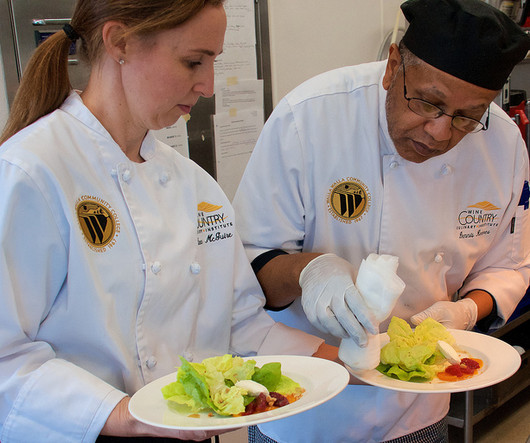
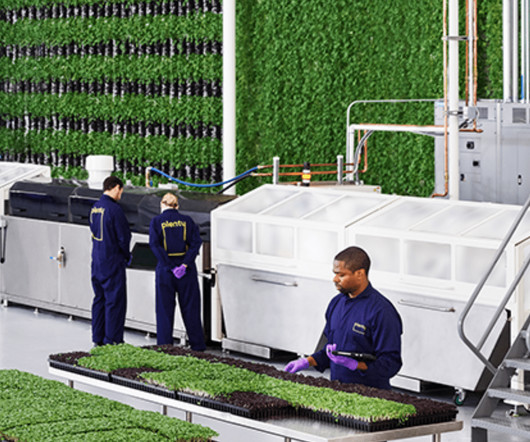
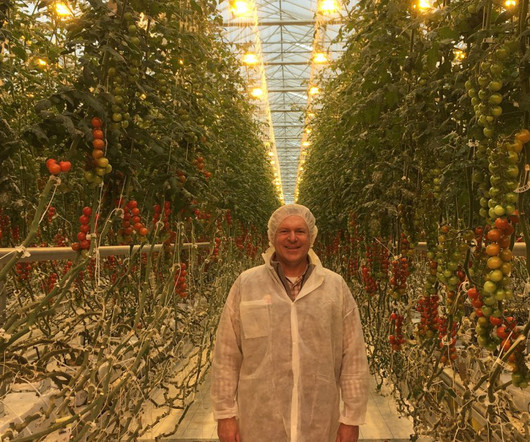
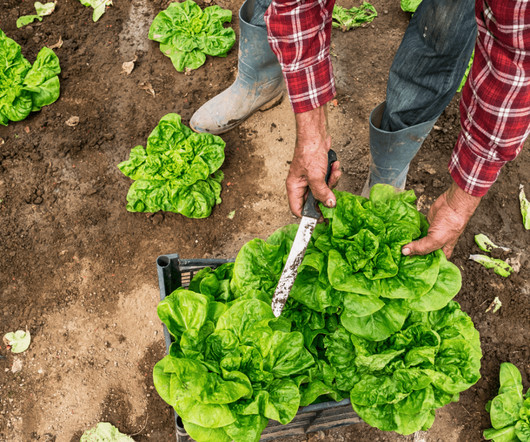
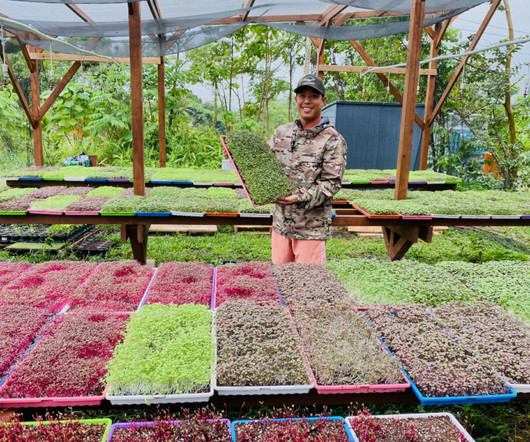







Let's personalize your content